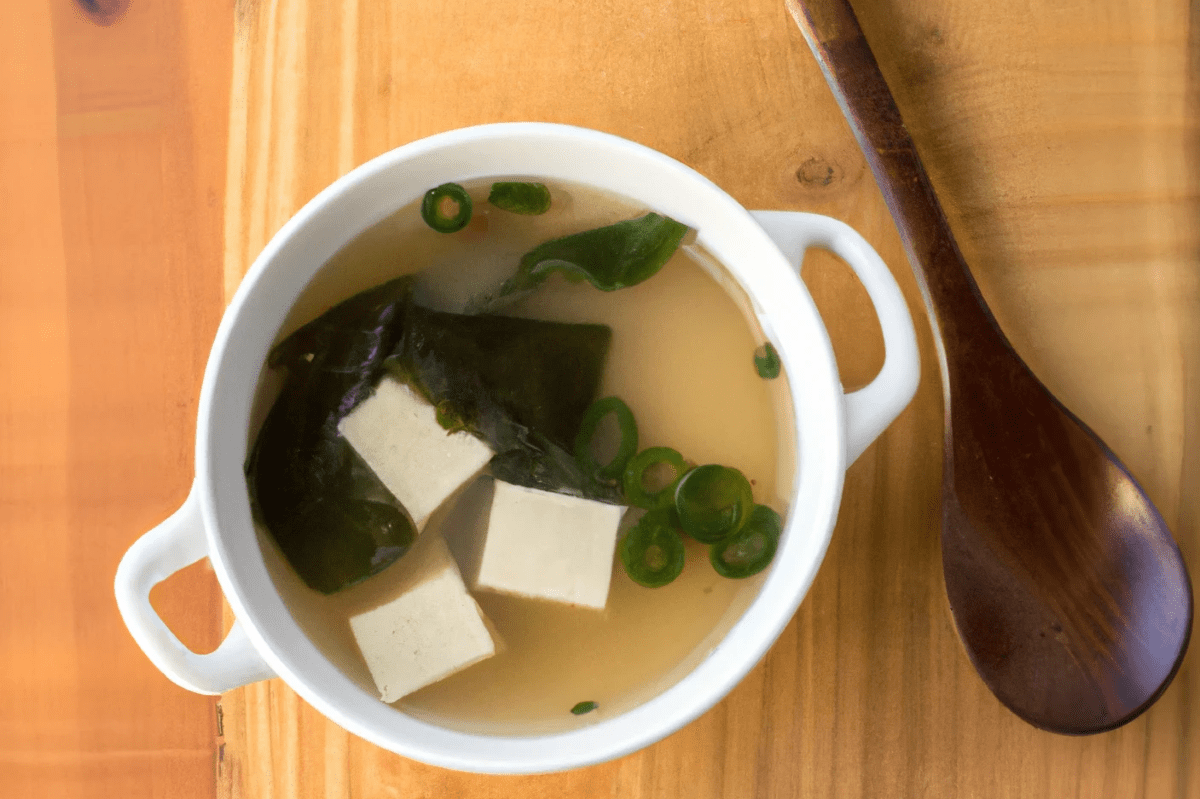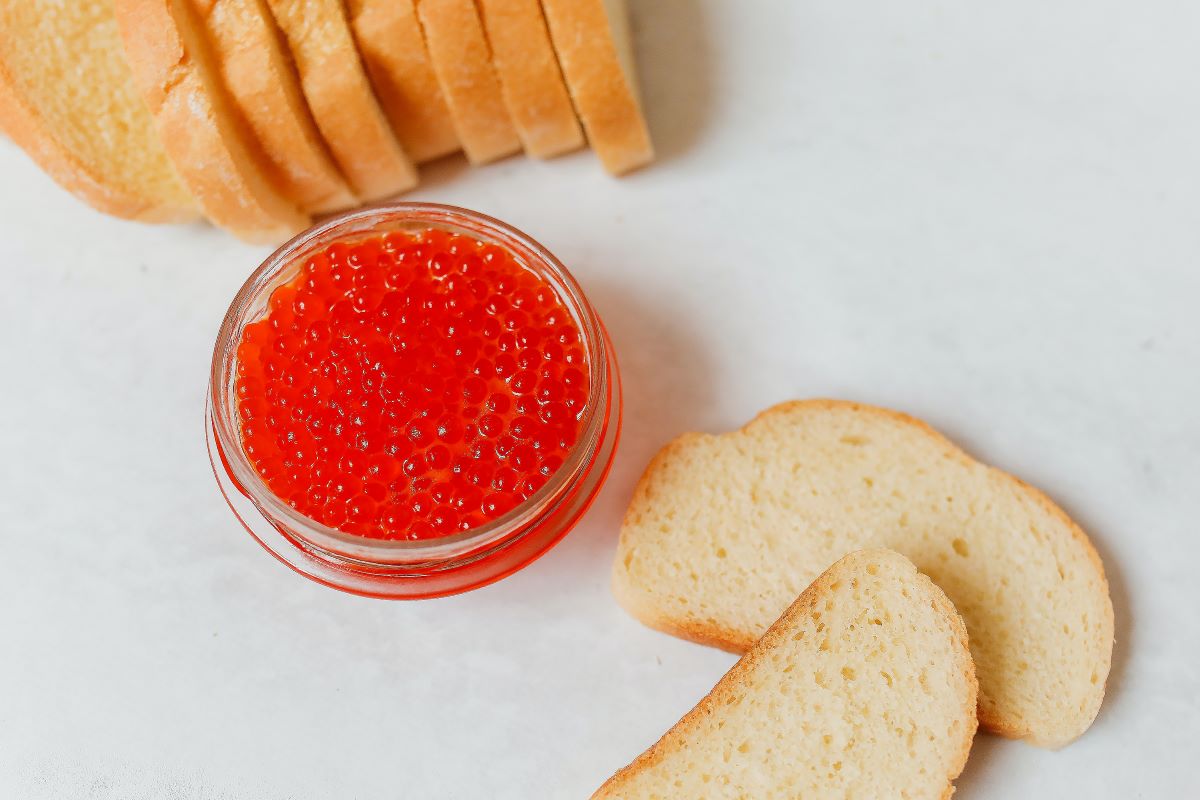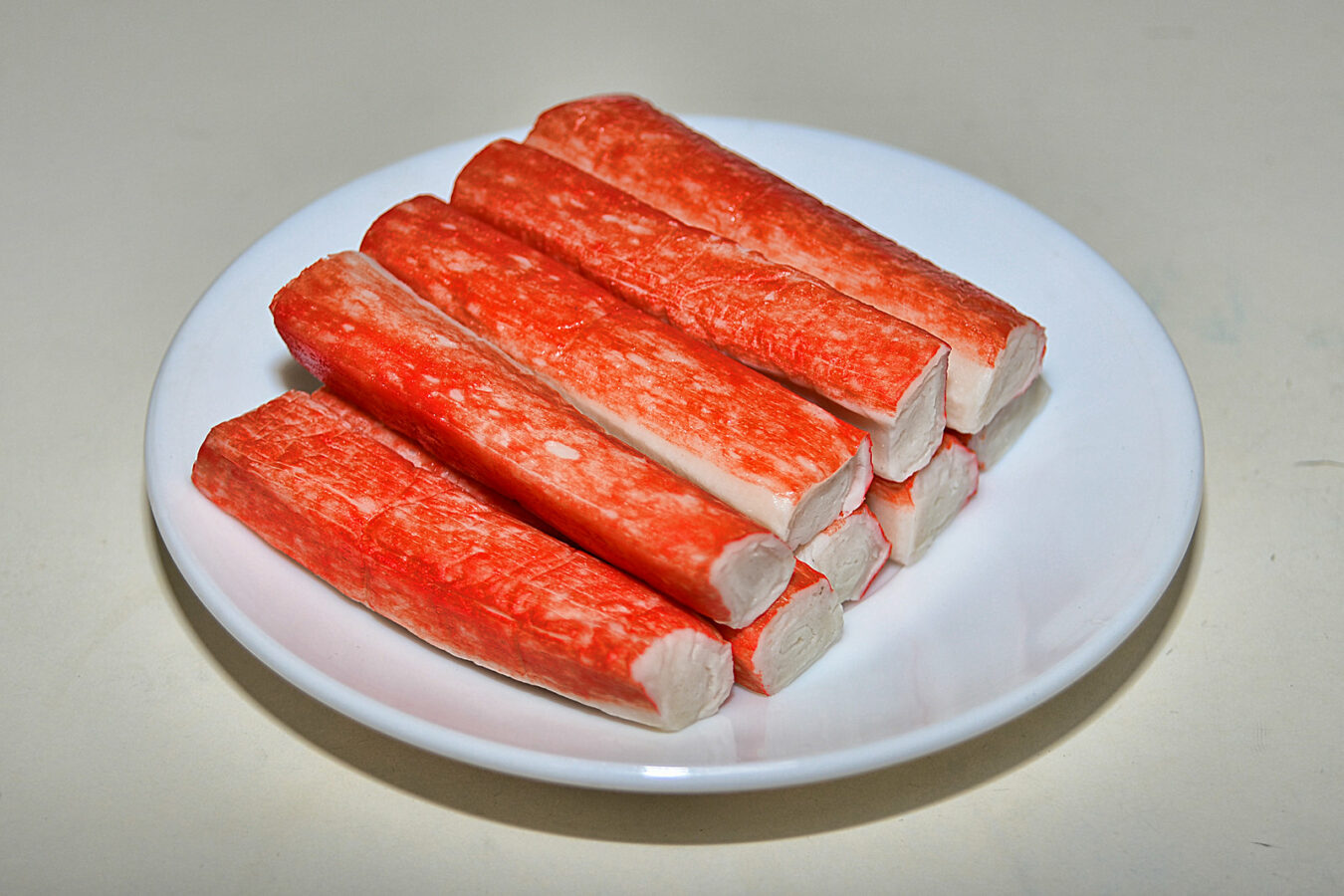Table of Contents
Xanthan gum is a food additive in various products, from salad dressings to ice creams. If you’re living a vegan lifestyle or have dietary restrictions, it’s crucial to know the origins and ingredients of what you consume. So, is xanthan gum vegan-friendly?
Is Xanthan Gum Vegan?
The short answer is that xanthan gum is usually vegan. However, there are variations and manufacturing processes that could incorporate animal products. This article aims to clarify these issues and give you more information.
Non-Vegan Ingredients or Processes
It is possible, although rare, for xanthan gum production to include ingredients or processes that are not vegan. One such concern could be the growth medium used in the fermentation process. While most manufacturers, like CP Kelco, use a plant-based medium, others might use animal-derived products. Always check labels and reach out to manufacturers for definitive answers.
Furthermore, some specialized vegan and organic stores carry brands that disclose the type of medium used for bacterial fermentation, offering peace of mind for consumers who wish to make ethically informed choices.
Controversies or Gray Areas within the Vegan Community
In the vegan community, whether xanthan gum is vegan sometimes revolves around the use of sugar processed using bone char or issues related to potential cross-contamination. The impact of sourcing the necessary ingredients, like corn, can also come into question due to environmental concerns.
Other debates within the vegan community pertain to the sustainability practices of companies that produce xanthan gum. For example, some brands are committed to environmentally friendly production processes, including using renewable energy sources and reducing water consumption.
This post provides an overview of xanthan gum in the context of vegan diets. For vegans, reading ingredient lists carefully and researching can help make informed choices. Always remember that while xanthan gum is generally considered vegan-friendly, there are variations and exceptions.
Types of Xanthan Gum
Xanthan gum comes in several forms, typically as a fine powder or gel-like substance. While most xanthan gum gets made using bacterial fermentation of simple sugars like glucose or sucrose, the source of these sugars can sometimes be of concern. For instance, some brands may use cane sugar, while others might use corn sugar.
It’s also worth noting that some xanthan gum products are specifically labeled as organic or non-GMO, which can be crucial for those concerned about genetically modified ingredients. Additionally, Kosher and Halal options are available, expanding the range of people who can comfortably use this ingredient.
Vegan-Friendly Alternatives and Variations
If you need more clarification about the origins of xanthan gum or its production process, a variety of vegan-friendly alternatives are available. Many of these can be found in grocery stores or online, serving the same purpose in recipes and food products.
Store-Bought Alternatives
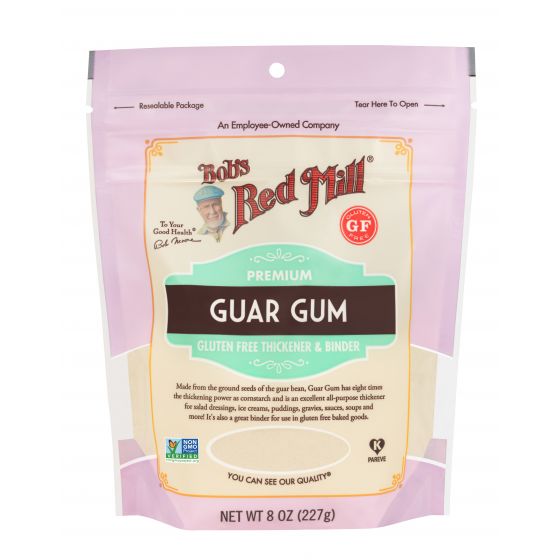
Bob’s Red Mill
Bob’s Red Mill guar gum is a plant-based thickening and stabilizing agent. Guar gum is often used instead of xanthan gum in gluten-free flour and baked goods.
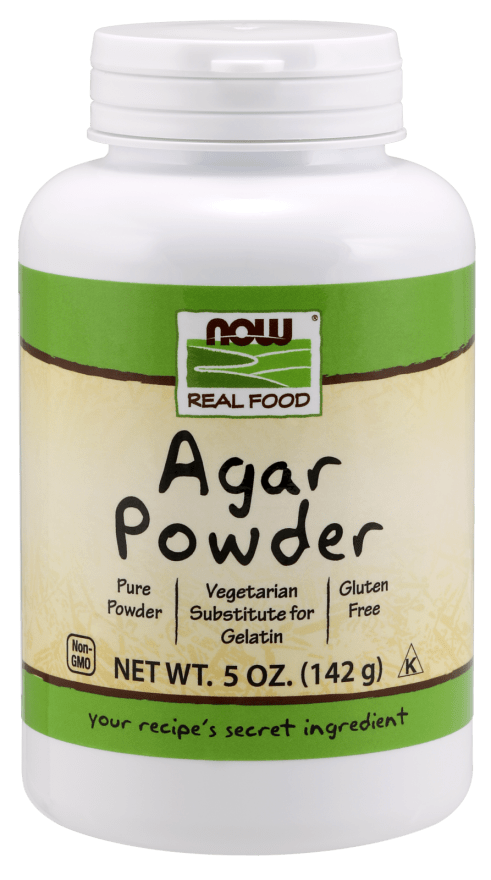
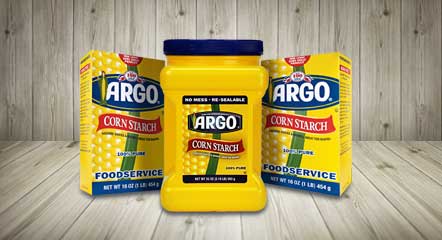
Argo
Argo’s cornstarch is a common ingredient used as a thickening agent and is generally accepted in vegan and gluten-free diets.
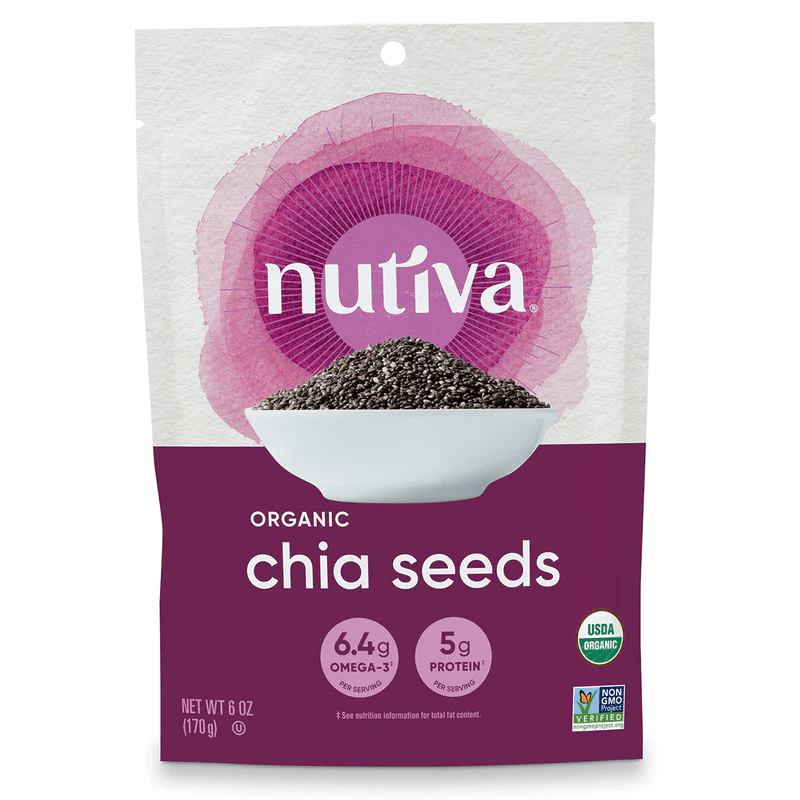
Nutiva
Nutiva offers a vegan alternative to xanthan gum in the form of chia seeds. When soaked in water, chia seeds form a gel-like substance that can be used as an alternative thickening agent in certain applications.
Tips for Identifying Vegan-Friendly Options
Read the Labels: Always read the ingredient lists carefully. Look for terms like “plant-based” or “certified vegan.”
Check for Certifications: Labels with vegan certifications provide an extra layer of assurance.
Research the Brand: Visit the manufacturer’s website or contact customer service to learn more about their production processes and sourcing.
Consult Vegan Resources: Websites, blogs, and vegan forums often provide useful information and reviews on vegan-friendly products and brands.
DIY Alternatives: Remember that you can often make your substitutes at home using vegan-friendly ingredients like lemon juice or plant-based foods.
Look for Gluten-Free Options: Gluten-free products are often vegan or offer vegan alternatives since both lifestyles tend to focus on ingredient transparency.
You can easily find vegan-friendly alternatives to xanthan gum for all your cooking and baking needs by taking a little extra time to read labels and research.
Homemade Versions
If you’d rather make substitutes, you have several options that align with vegan principles.
Ingredient Swaps
Apple Sauce: A common swap for egg whites, apple sauce can provide moisture in baked goods.
Coconut Cream: A fantastic alternative to dairy products like heavy cream in recipes, offering a similar texture.
Flax Seeds: When ground and mixed with water, flax seeds create a gel-like substance that can serve as an egg substitute.
Lemon Juice and Vinegar can create a vegan buttermilk when mixed with plant-based milk.
Cashew or Almond Paste: In many vegan recipes, this can substitute for cheese.
How to Use Vegan Alternatives in Recipes
Scaling: Always check the proportions when substituting. For example, a tablespoon of xanthan gum might not equate to a tablespoon of cornstarch or agar-agar thickening power.
Test Small Batches: Before committing to a large portion, it’s a good idea to test a small amount to ensure the substitute works as expected.
Consult Reliable Sources: Websites, cookbooks, and vegan blogosphere often provide tried and tested recipes using vegan alternatives.
Adjust Cooking Time or Technique: Some alternatives may require a longer or different cooking time. For example, agar-agar needs to be boiled to activate its gelling properties, unlike xanthan gum, which doesn’t.
Factor in Nutritional Differences: Some alternatives may have different nutritional profiles, so keep that in mind if you’re tracking macros or have specific dietary needs.
Check Texture and Flavor: Some substitutes may slightly alter the flavor or texture of the final product. For example, coconut cream may add a tropical hint to your dish, which may or may not be desired.
By effectively utilizing these vegan-friendly alternatives, you can enjoy many foods and recipes that align with a plant-based lifestyle.
How Xanthan Gum is Made
Before we delve into alternatives, it’s cricoa; to understand the manufacturing process of xanthan gum. By getting familiar with its origins, we can make better decisions that align with our vegan lifestyle.
Primary Ingredients
The primary ingredient in xanthan gum is the Xanthomonas campestris, fermented with sugars, commonly from corn, cane sugar, or corn-sugar substrates. During fermentation, the bacteria produce a gel-like substance that is later dried and turned into a fine powder, forming the xanthan gum we know.
Secondary Ingredients/Additives
The production process can sometimes include other additives such as isopropyl alcohol for purification and extraction. However, these secondary ingredients are typically removed in the final product, leaving behind pure xanthan gum.
Environmental Impact
The production of xanthan gum is generally considered to have a low environmental impact compared to other food additives. The bacterial fermentation process is less resource-intensive than many other forms of production. However, sourcing raw materials, like corn, may have environmental impacts such as deforestation and pesticide use, depending on the manufacturer.
Ethical Impact
Most ethical concerns surrounding xanthan gum arise from the potential use of genetically modified organisms (GMOs) in its production. Some manufacturers use GMO corn or sugars, which can concern individuals who prefer non-GMO foods.
Labor Practices
The labor practices in the xanthan gum industry are rarely discussed in depth, but like any other ingredient, it’s essential to consider the conditions under which it is made. Some companies, like Bob’s Red Mill and CP Kelco, strive for transparent and ethical labor practices, but the information needs to be uniformly available across all manufacturers.
Knowing these aspects can help us decide on the xanthan gum brand we buy or choose alternatives.
FAQ
To clarify some common questions about xanthan gum, especially regarding vegan diets and health considerations, we’ve compiled some quick answers.
Can people with gluten sensitivity consume xanthan gum?
People with gluten sensitivity can generally consume xanthan gum as it is a gluten-free food additive. However, some individuals may experience gastrointestinal discomfort, so it’s always best to consult a healthcare provider.
Why is there xanthan gum in my vegan food?
Xanthan gum is often found in vegan food products because it is an effective thickening agent, stabilizer, and emulsifier. It helps improve the texture and consistency of foods, making them more similar to their non-vegan counterparts.
What does xanthan gum do in recipes?
In recipes, xanthan gum acts as a thickening and stabilizing agent. It is commonly used in gluten-free flours to provide the elasticity that gluten normally offers. It is also used in sauces, dressings, and dairy-free ice creams to improve texture and viscosity.

